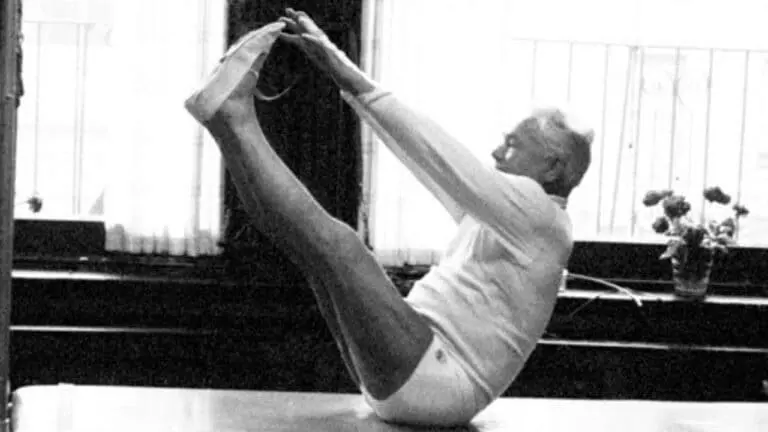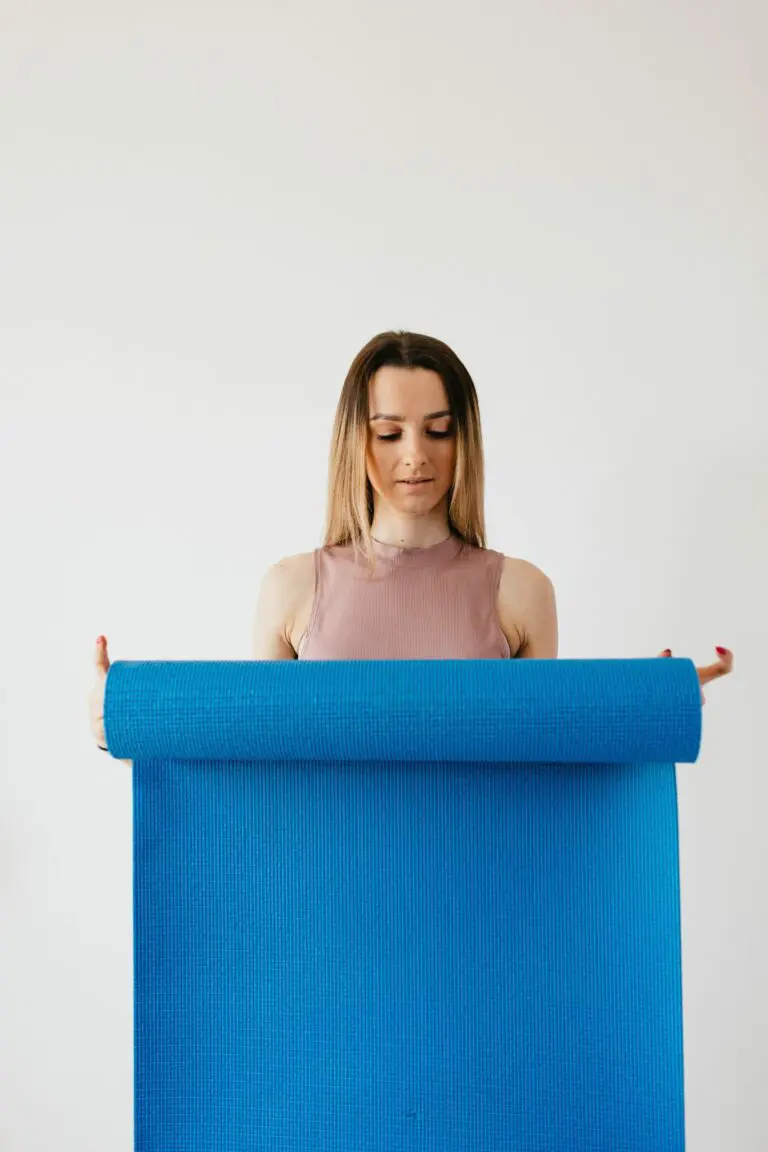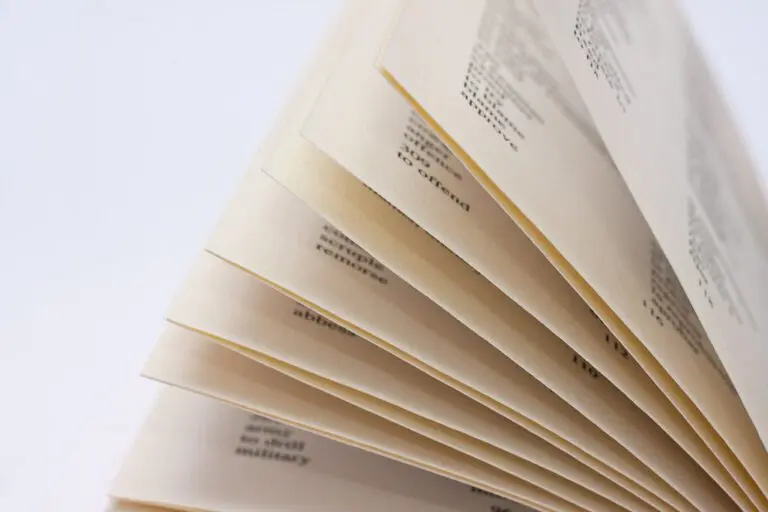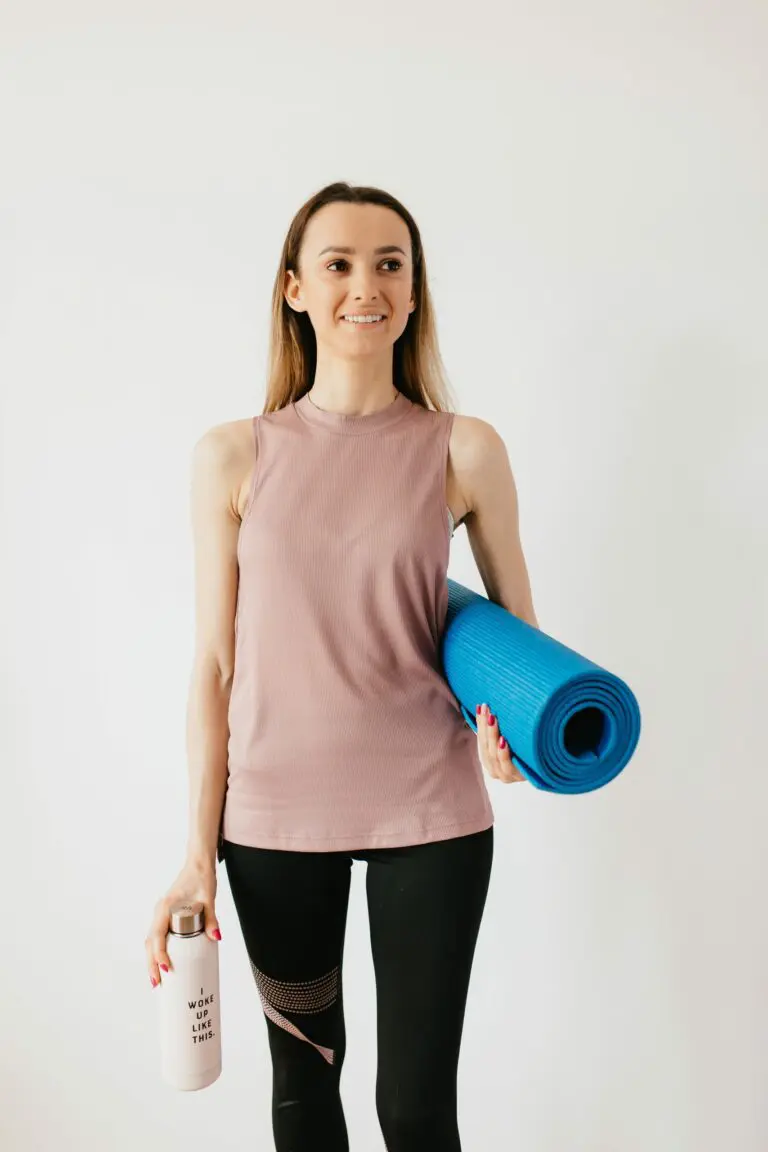Pilates is a type of exercise that engages the mind and the body. And before you think this is starting to sound a little woo-woo, let me first reassure you that the mind-body connection is strengthened through concentration, the development of better spatial awareness, and breathing through flow.
When you start Pilates, you will understand that there are smaller muscles you’ve probably been unaware of in daily life or during other exercises. After a moment of appreciation and some muscle pain, you will use these to center your body to correct any imbalance.
These muscles are required for better agility and stability. They allow you to have more core strength and better posture. The “core” is what you will start learning more about during Pilates.
Improve flexibility and strength with Pilates
If you are looking for a workout that will improve your flexibility and strength, Pilates is a great option. And since Pilates is a low-impact exercise tailored to your fitness level, you can start at any age and any fitness level. That’s right, I’m afraid there are no excuses. You’ll thank me when your energy levels start improving!
Pilates helps to lengthen and stretch muscles, improving your range of motion and preventing injuries. Since the practice strengthens core muscles, it helps to improve your balance and posture, which means that you’re more likely to correct yourself on time if you’re about to lose your balance.
And once you’ve stopped yourself from rolling down a hill, you can have a restful sleep because Pilates, when practiced regularly, is also known for its relaxing and mindful effects. Sounds ideal, right? Let’s pull up our ankle socks and get to the nitty-gritty.
Nuts and bolts, weights and pulleys
There are different types of Pilates workouts or lessons that you can attend. Pilates classes use one or more of the following:
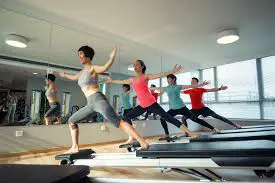
- Mat class is the most basic level of pilates, and is typically recommended for beginners. The exercises are performed on a mat, using your body weight for resistance.
- The reformer machine provides resistance through springs and pulleys. This class type is ideal for those who want a more challenging workout.
- The chair class uses a specially designed “chair” to help perform the exercises. This type of class is ideal for those with injuries or limited mobility.
- The tower class uses a tower machine, which provides resistance through weights. This class type is ideal for those who want a very challenging workout.
- The cadillac offers an all-in-one workout that can vary in difficulty and muscle-group focus. This is used to build strength and flexibility and can offer rehab-style or more challenging workouts on the same piece of equipment.
The Classical Pilates method involves using different equipment during the same session. Instructors will sometimes give their spin on the method and adapt the class to the individuals in their class.
You can also attend classes which focus on one type of equipment exclusively. For example, during a reformer class, you can work on muscle groups on the legs, arms, back, abs, and glutes.
Learning the ropes
Overwhelmed? Don’t worry your sweet glutes… Your Pilates instructor will be able to guide you on the class which is most suitable for you, keeping in mind your fitness level and any (new or old) injuries. And be sure to check out our article on your first Pilates class.
Some studios will require you to do an induction session, especially if you’re new to Pilates. If you’re new, prefer individual attention, or need a session that suits your schedule, you might consider a few private lessons before attending a class.
During your induction session, your trainer will understand which exercises suit your body right now. They will also help you understand the equipment; in other words, you will understand what they’re talking about during the lessons. This is important for your physical safety, and it helps you get the most out of your classes. It also helps you walk into your first lesson with confidence.
